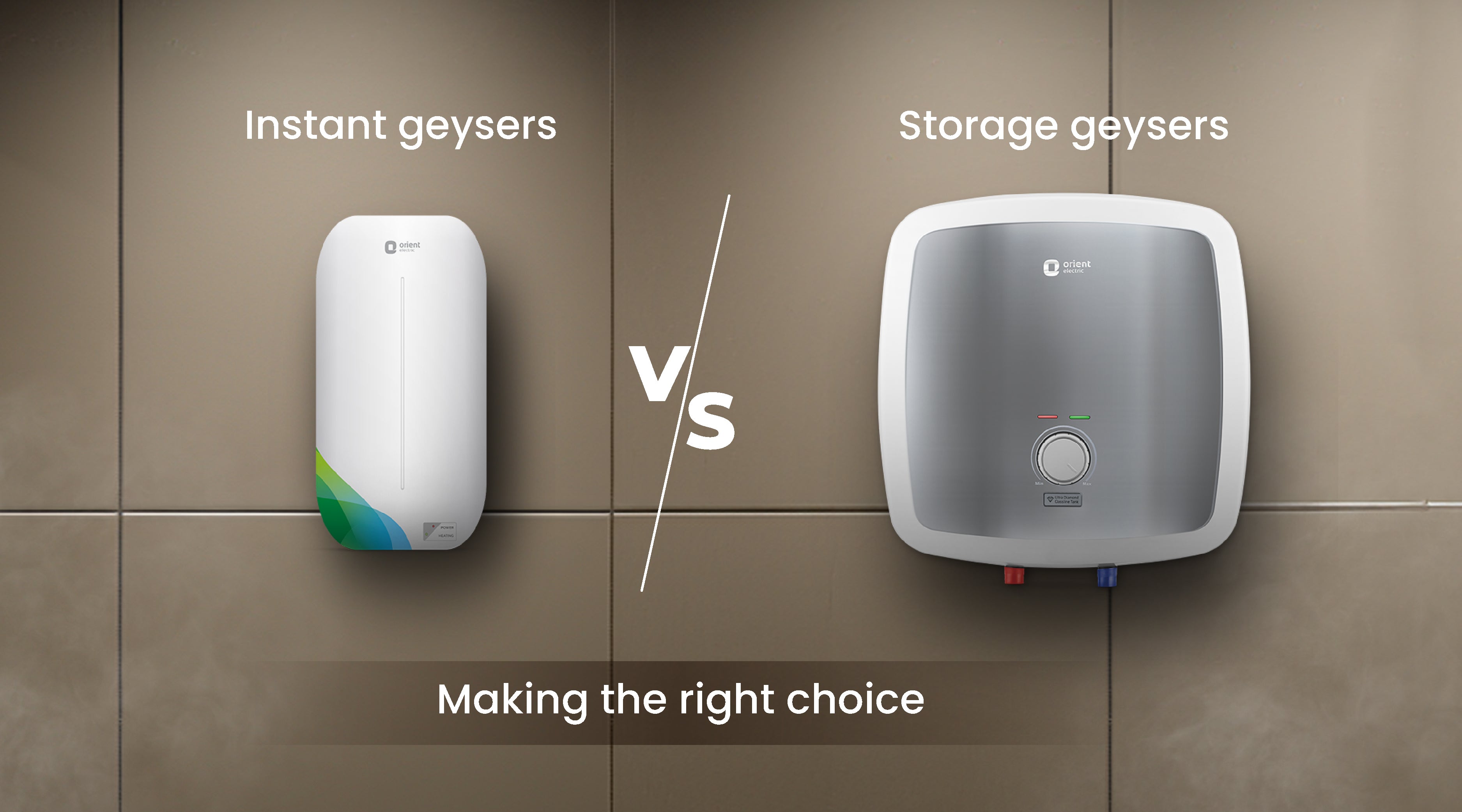Compare geyser sizes before buying a new unit.
Just how to Select the Right Geyser to Make The Most Of Power Performance in Your Home
Picking an energy-efficient geyser is not as simple as it seems, calling for cautious assessment of different variables. From understanding the various kinds of geysers, to evaluating their power efficiency rankings and thinking about placement method, each decision plays a crucial role in making the most of performance. Balancing the first investment with long-lasting savings is likewise critical. Let's get started on this journey to find just how to make the most educated selection for a geyser that will certainly lower your energy expenses while ensuring ideal efficiency.

Comprehending the Various Sorts Of Geyser
While there are numerous sorts of hot springs offered on the marketplace, understanding the distinctions between them is critical for energy effectiveness (geyser sizes). The first type, storage space geysers, are one of the most usual and store warm water in a tank for use when required. They are available in different abilities and are typically energy-efficient, however they can shed warm when not in usage
The second type is the tankless geyser, which heats up water as needed, resulting in much less power waste but needing a greater initial power draw. Third, there are warm pump hot springs that use power to move heat from one location to an additional rather than generating warm straight. They can be a couple of times more energy efficient than conventional storage geysers. Lastly, solar geysers use solar energy to heat the water, making them the most energy-efficient but also the most expensive.
Assessing Your Household's Warm water Demands
Before diving into the purchase of a hot spring, it is essential to examine the warm water needs of your house. This evaluation ought to take into consideration countless elements including the variety of home participants, regularity of warm water use, and the number of warm water outlets in the home (geyser sizes). A tiny household with infrequent warm water use may require a smaller sized, less effective geyser compared to a bigger family with numerous daily warm water needs
The sort of appliances that require warm water also play a substantial role. Dish washers and washing makers, as an example, might call for more warm water than an easy shower or cooking area sink. Moreover, certain activities such as bathing or cleansing also influence the regularity and volume of hot water required.
Reviewing Energy Effectiveness Rankings of Geyser
Having actually assessed the hot water demands of your house, it's essential to transform your focus to the power effectiveness scores of hot springs. These rankings, normally given as Energy Element (EF), indicate a hot spring's total power performance based on the quantity of warm water created each of gas taken in over a common day. The higher the EF, the more reliable the water heating system.

Factors To Consider in Geyser Size and Placement
Beyond power effectiveness rankings, the dimension and positioning of your geyser are vital elements to take into consideration. The size of the geyser should align with your house's warm water requirements. A tiny geyser might use much less power however may not supply adequate warm water for numerous usages at the exact same time, whereas a larger unit can fulfill better demand but may consume more power.
Placement also impacts power efficiency. Hot springs must be mounted near factors of usage to lessen warm loss throughout water transportation. A centrally situated geyser can service several locations successfully. Furthermore, taking into consideration thermal insulation, a hot spring situated in a warmer area sheds less warmth and for that reason uses much less power to keep the water temperature level.
Cost Evaluation: Stabilizing Preliminary Financial Investment and Long-Term Savings
While size and positioning undoubtedly play considerable roles in a geyser's power performance, one should not neglect the economic facet. When thinking about the first investment, the cost of energy-efficient geysers can be higher than typical versions. The raised in advance price can be countered by lasting power cost savings, making it a beneficial financial investment in the lengthy run (geyser sizes).
Analyzing lasting savings requires an understanding of the geyser's power rating. An appliance with a higher rating will certainly take in much less energy, translating to reduced utility expenses over time. Government rewards and refunds for energy-efficient devices can likewise assist recover initial costs.
Ultimately, upkeep and life expectancy ought to be factored in. Energy-efficient hot springs frequently have longer life-spans and reduced maintenance costs, contributing to general financial savings. When balancing initial investment and lasting financial savings, one need to consider click here for more info not only the acquisition price however additionally power usage, government incentives, and upkeep prices.

Final thought
These include comprehending the kinds of geysers, evaluating your house's warm water needs, examining energy effectiveness wikipedia reference ratings, and determining expense advantages. The ideal geyser size, placement, and insulation can substantially reduce energy bills and ecological impact.